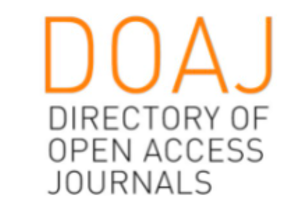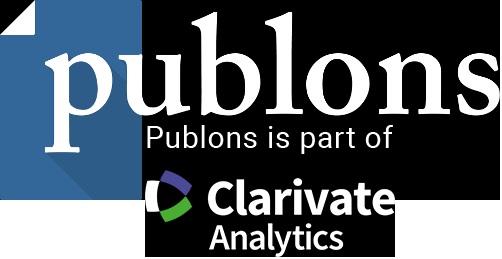THEORETICAL AND METHODOLOGICAL ASPECTS OF OPTIMIZATION OF RELATIONSHIP BETWEEN ECONOMIC POTENTIAL AND SOURCES FOR PUBLIC NEEDS SETTLEMENT
DOI:
https://doi.org/10.1515/eoik-2015-0029Keywords:
Public finance, Fiscal Load, Tax RacioAbstract
The relative level of fiscal revenue in relation to the total aggregate domestic product or national income is a central indicator to be established in the national economy. This indicator is the “tax ratio”. The tendency of almost every economic and especially fiscal policy is that this indicator expresses the optimal ratio between the part of the domestic product or national income, which is intended to be used for the settlement of public needs and the general economic aggregate of the latter economic categories. Its special importance lies in the design concept of medium-term or long-term social and economic development. It is necessary to determine the framework of the global distribution of the domestic product or national income, which is acceptable, on the one hand, from the perspective of a balanced and stable economic growth, and on the other hand, from the standpoint of balancing interests of all social structures of modern mixed societies.
References
Buturac, G. (2014). State and economy - where is Croatia?. Ekonomska politika Hrvatske u 2015. godini (str. 513-540).
Opatija: Hrvatsko društvo ekonomista. Dautbašić, I. (2004). Finance and Financial Law. Sarajevo: Editio iuristica.
OECD. (2014). Revenue Statistics of OECD Member Countries 1965-2005. Paris: Autor.
Stojanović, A. i Raičević, B. (2013). Public fnances. Sarajevo: Revicon.
Downloads
Published
How to Cite
Issue
Section
License
Copyright (c) 2016 ECONOMICS - Innovative and Economic Research

This work is licensed under a Creative Commons Attribution-NonCommercial-NoDerivatives 4.0 International License.




















